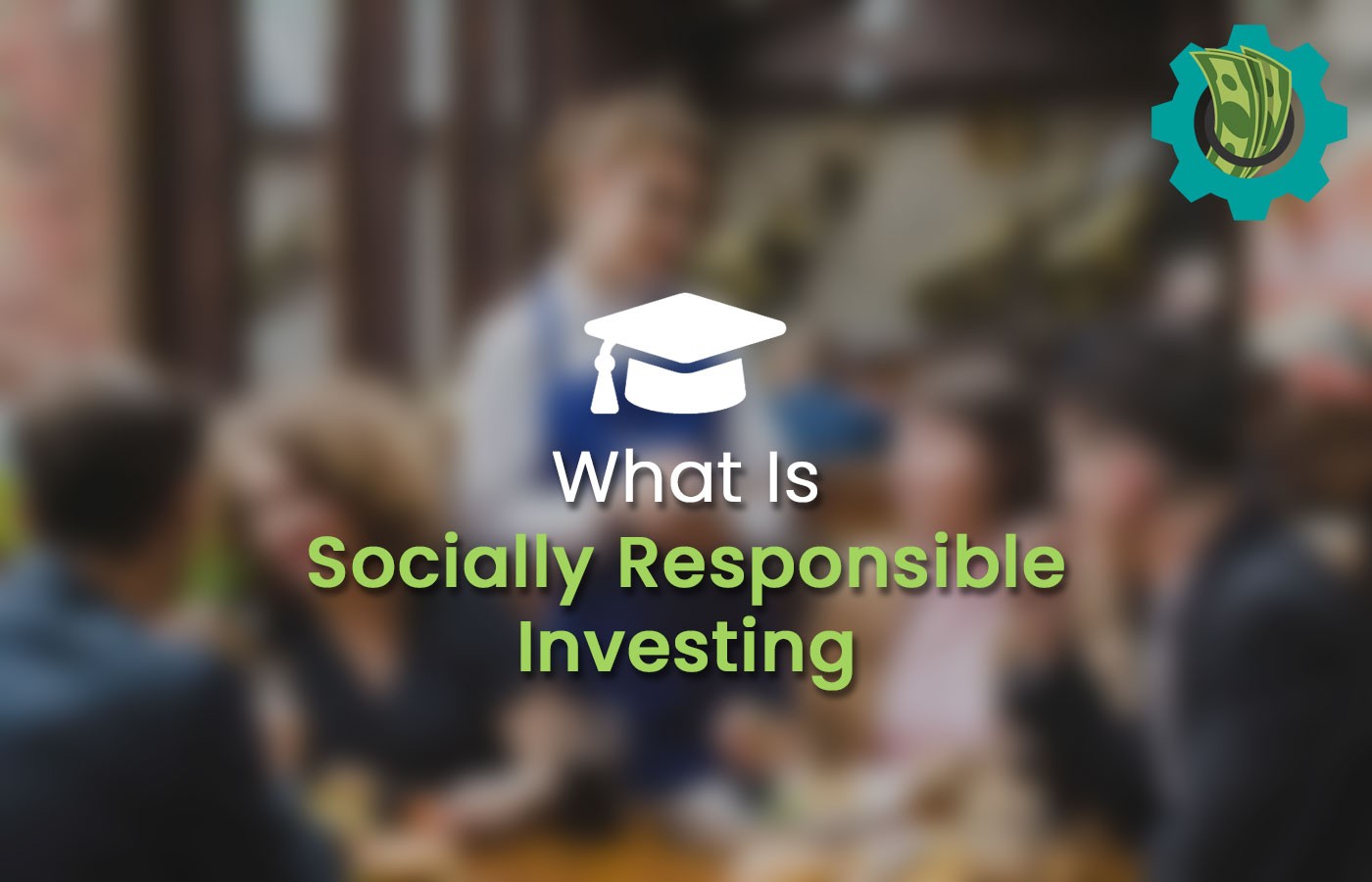[ad_1]
With the rise of ESG investing, Socially Responsible investing has also started to gain traction with the investing community. This style of selecting investments to buy resonates with a younger generation trying to help make the world a better place. But does it actually generate decent or superior returns? Or is it just another fad? Let’s explore.
What is socially responsible investing?
Socially responsible investing is an investment strategy that aims to benefit the investor financially while contributing to social change.
Under this philosophy, I can only buy shares in companies that operate in certain industries generating a positive social impact on the economy and everyday life. For example, renewable energy stocks.
As a socially responsible investor, I must look beyond the core financial analysis of profitability and growth. I need to also investigate the company’s social factors to asses whether its revenue sources and business practices align with its stated social values. And often, they don’t.
This investment strategy is a variant of ESG investing, much like impact investing or sustainable investing. While similar, there are a few critical differences.
For example, socially responsible investing deploys a specific ethical criterion in analysing companies in addition to the environmental, social, and governance factors that ESG uses.
RELATED: What is ESG Investing, and is it worth it?
That means investors often need to review the published social impact reports to decide whether or not a business is having a beneficial impact on the world, or not.
How to build a socially responsible investment portfolio?
Socially responsible investing does not have to be overwhelming or difficult, as long I have defined the values that I want to contribute towards.
Some common examples of social goals include:
- Environmentally conscious companies
- Supporting female workers
- Supporting the LGBTQ community
- Racial diversity in staff and on the board of directors
Building this type of portfolio largely follows the same principles of normal portfolio construction. It’s the stock picking process that changes. I need to spend more time looking at how businesses aim to achieve their stated goals. All too often, a business will say one thing and then do another.
Finding data surrounding a firm’s social priorities can be challenging since not many companies report it. Fortunately, as more stocks adopt ESG factors into their business model, this is getting easier.
Alternatively, places like employee review websites or looking at a firm’s LinkedIn profile can give a quick overview of what’s going on under the surface.
The value of the socially responsible investment approach
Like any strategy, socially responsible investing needs to create value for investors. And it does arguably achieve this on an intangible level.
This approach offers a mechanism for individuals to align their personal values with their investment portfolio. Investing solely in companies I believe in, apart from feeling good, also means I’m less likely to panic and sell during stock price turbulence. On a broader note, knowing that I can contribute to promoting and building a better world and community is another bonus.
But while feeling good might be nice, as an investor, I also want to make money. So, does socially responsible investing actually generate a good financial return?
The data is somewhat mixed here. Sadly, this investment strategy hasn’t been actively deployed for that many years, making the sample size too small to draw any meaningful conclusions. However, recent data suggests that this investment strategy might be quite lucrative.
A 2020 report by the investment bank Morgan Stanley found that, on average, throughout the pandemic, a socially responsible mutual fund that follows an ESG criteria will outperform a traditional fund.
Is it worth it?
Investors can achieve both ethical investing and decent returns with a socially responsible investing approach. At least, that’s what the early data would indicate. And with an influx of socially responsible investors, corporations are becoming more driven toward adopting these socially beneficial practices.
In my opinion, this is excellent news, even for investors not particularly fussed about investing in solving social problems. Why? Because numerous surveys have found that consumers are more willing to pay extra for goods and services from socially responsible companies. In other words, it seems to be a small driving force of pricing power.
So, is socially responsible investing worth it? I believe that it is. But, like all investment strategies, it may not be suitable for everyone. Thankfully there are plenty of alternative ways of generating long-term returns within the stock market.
A $630bn Monster Growth Opportunity
Make no mistake: the Medical Technology Revolution is happening!
- Robotic surgery procedures have increased by more than 800% since 2014.
- Telehealth usage has stabilised at levels 38X higher than pre-pandemic levels.
- Augmented Reality is becoming more common in the operating room.
… and it’s barely gotten started.
In fact, experts are predicting a $630 Billion surge by 2030!
Quite simply, we believe it deserves your attention today.
So please don’t wait another moment.
Discover this massive investment opportunity before it’s too late!
Saima Naveed does not own shares in any of the companies mentioned. The Money Cog does not own shares in any of the companies mentioned. Views expressed on the companies and assets mentioned in this article are those of the writer and, therefore, may differ from the opinions of analysts in The Money Cog Premium services.
[ad_2]
Image and article originally from themoneycog.com. Read the original article here.

